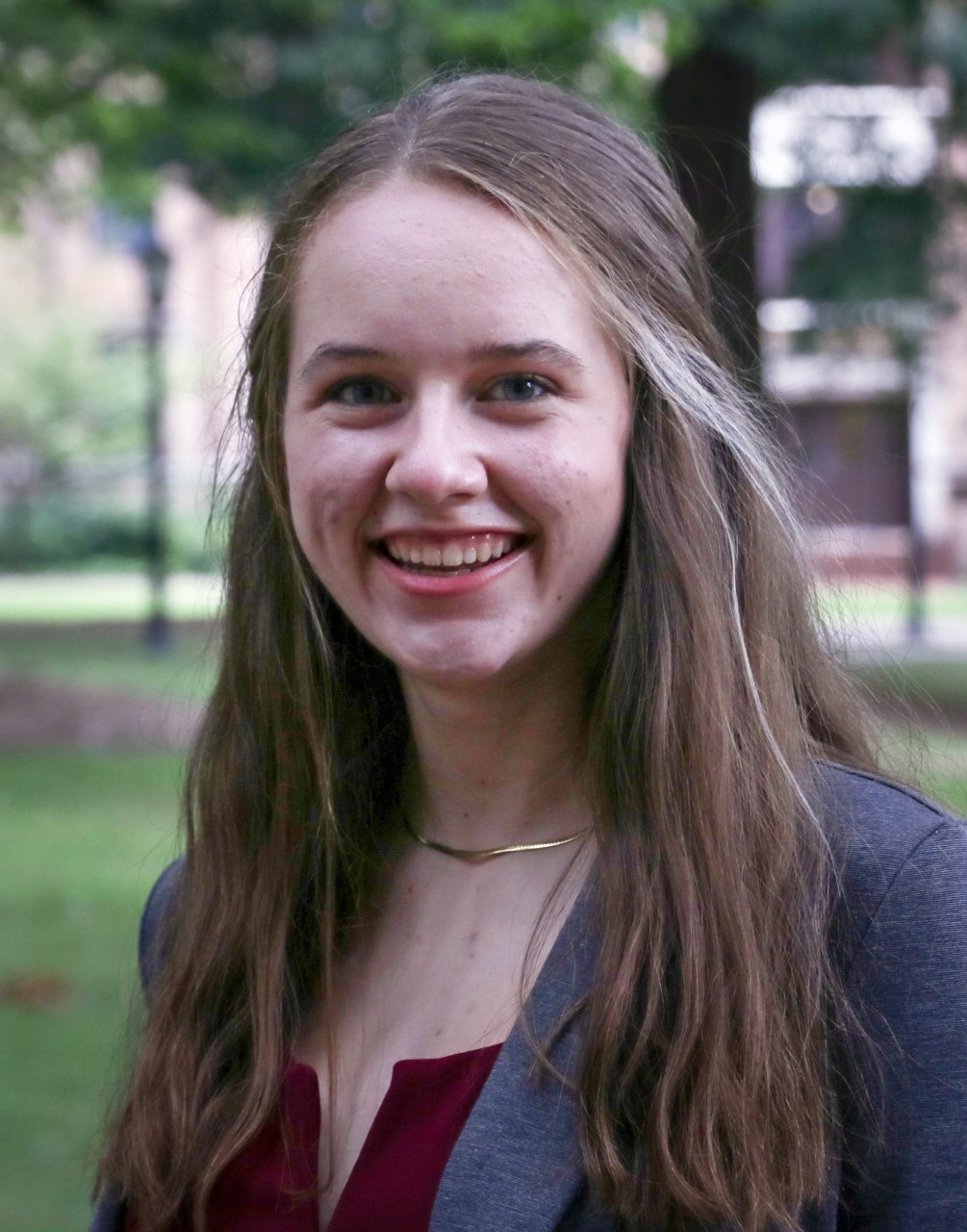Cellular and Molecular Bioengineering
(H-307) Engineering antibodies with light-sensitive domains towards in situ regulation of binding affinity

Corinne Drabenstott
Undergraduate Researcher
University of North Carolina at Chapel Hill
Cary, North Carolina, United States- EW
Ellie Wilson
Graduate Student
University of North Carolina at Chapel Hill, United States - KS
Koji Sode
Professor
Joint Department of Biomedical Engineering, The University of North Carolina at Chapel Hill and North Carolina State University, United States - ST
Shouhei Takamastu
Researcher
Tokyo University of Agriculture and Technology, United States - MO
Miho Oda
Graduate Student
Tokyo University of Agriculture and Technology, United States - KI
Kazunori Ikebukuro
Professor
Department of Biotechnology and Life Science, Graduate School of Engineering, Tokyo University of Agriculture and Technology, Tokyo, Japan - RA
Ryutaro Asano
Professor
Department of Biotechnology and Life Science, Graduate School of Engineering, Tokyo University of Agriculture and Technology, United States
Presenting Author(s)
Co-Author(s)
Primary Investigator(s)
Co-Author(s)
Antibodies are commonly employed in affinity biosensors due to their high sensitivity and selectivity towards specific targets. While high specificity is an attractive feature of biosensors, the tight binding of antibodies to their targets presents a challenge in designing regenerable sensor surfaces, and current available methods for the regeneration of affinity biosensors (e.g. chemical treatment) is not feasible for in vivo continuous monitoring. To work towards in situ regeneration of antibodies immobilized on an electrode surface, modulation of binding through an external physical or chemical signal is necessary. In this presentation, we report our challenge in the development of antibodies whose binding constant is being regulated by light.
Materials and Methods::
We first subcloned a light-oxygen-voltage domain from Avena Sativa (asLOV2) into an expression vector (pET30c). We validated its size through gel electrophoresis and sequence by Sanger sequencing. Then various genetic fusions between asLOV2 and an anti-insulin scFv were created and inserted into pET30c. The expression vectors were then transformed into Escherichia coli (E.coli) BL21 DE3 Strain for protein expression. Transformants were grown in Luria-Burtani (LB) Media and protein expression was induced with IPTG. The protein was harvested and purified via Nickel affinity chromatography. SDS PAGE and Western Blotting were performed for size validation.
Results, Conclusions, and Discussions::
The designed molecules were successfully produced and purified as soluble proteins. Insulin affinity was confirmed via Enzyme-Linked-Immunosorbent Assay (ELISA), demonstrating the asLOV2 domain does not impact insulin affinity by the genetic fusion with asLOV2. Furthemore, the fusion proteins showed a similar spectroscopic signal as asLOV alone, confirming the fusion also does not affect the conformational change of asLOV.
Future directions will explore applying the engineered biosensing molecule for insulin sensing via the construction of an affinity sensor with an extended gate field effect transistor under different excitation conditions.
Acknowledgements (Optional): :
References (Optional): :
